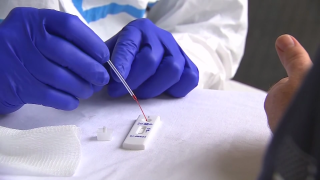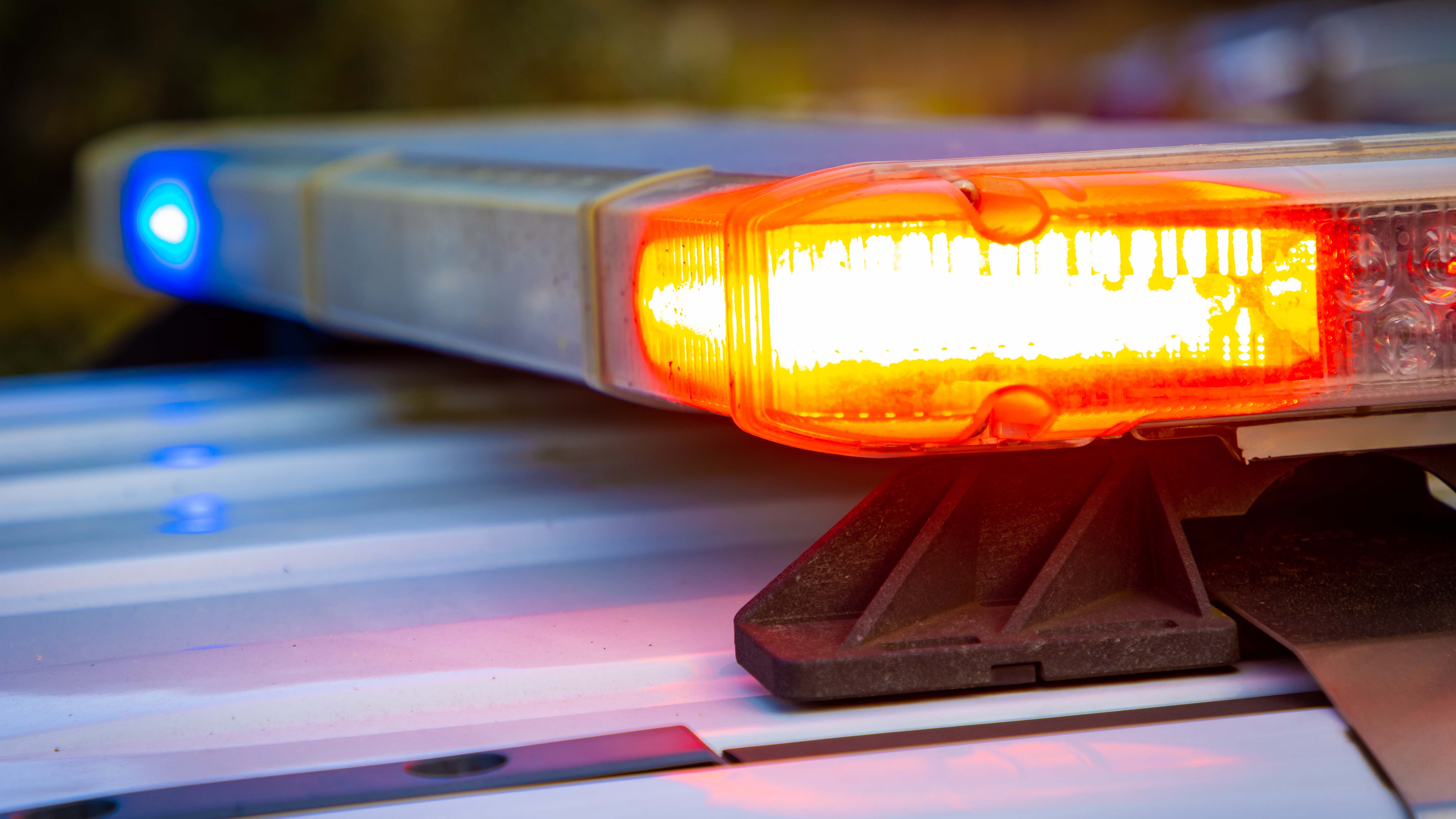
Possible run-ins with COVID are becoming more common, as infections continue to spread across Illinois.
If you find yourself fretting over being exposed, taking a test could determine what your next course of action should be.
The Centers for Disease Control and Prevention and the Food and Drug Administration have outlined a new series of testing procedures in their respective guidelines to better address questions regarding the evolving virus.
Rather than quarantining, those who are exposed to the virus are now recommended by the CDC to wear a high-quality mask for 10 days and get tested on day 5. If you are showing symptoms, the CDC advises that you isolate yourself from others until the test results are in.
Feeling out of the loop? We'll catch you up on the Chicago news you need to know. Sign up for the weekly Chicago Catch-Up newsletter here.
If the test produces a negative result, the individual is good to go.
The FDA now recommends that exposed individuals take three home tests to ensure they're not infected.
If you have symptoms, you should take a test 48 hours after they start, the FDA said. If you don't have symptoms, but think you may have been exposed, the FDA recommends you take three tests spaced out over 48-hour periods.
Local
Should all the tests come back negative, you are considered to be COVID-free.
Previously, the FDA had advised taking two rapid antigen tests over two or three days to rule out infection. But the agency says new studies suggest that protocol can miss too many infections, and could result in people spreading the coronavirus to others, especially if they don't develop symptoms.
If at any point you test positive for the virus, the CDC's guidance states that you should stay home for at least five days and isolate from others in your home. You are likely most infectious during these first five days.
When you end isolation, you should still avoid being around people who are most at-risk until at least day 11.
After you have ended isolation, you'll also need to wear a mask through day 10, per the guidelines. The CDC also notes, however, that if you have access to antigen tests, "you should consider using them."
"With two sequential negative tests 48 hours apart, you may remove your mask sooner than day 10," the guidance states, adding that if your antigen test results are positive, "you may still be infectious."
Those who continue to test positive should continue masking.
"You should continue wearing a mask and wait at least 48 hours before taking another test," the CDC recommends. "Continue taking antigen tests at least 48 hours apart until you have two sequential negative results. This may mean you need to continue wearing a mask and testing beyond day 10."
If your symptoms worsen or return after you end isolation, you'll need to restart your isolation at day 0, per the guidelines.
The recent changes were announced days after Chicago's top doctor teased the potential shift away from COVID quarantine requirements, while stressing isolation guidelines.
The CDC's reminder about potentially testing out of isolation also comes amid questions about whether such a move is required. Questions particularly surfaced after President Joe Biden tested negative following his infection and began to leave isolation before testing positive a second time just days later.
The BA.5 subvariant of omicron has shown an increased ability to get around the immunity built up in patients thanks to COVID vaccines and boosters, and the illness has also shown an increased ability to cause positive tests for longer stretches, even if patients don't get as sick with the new variants.



